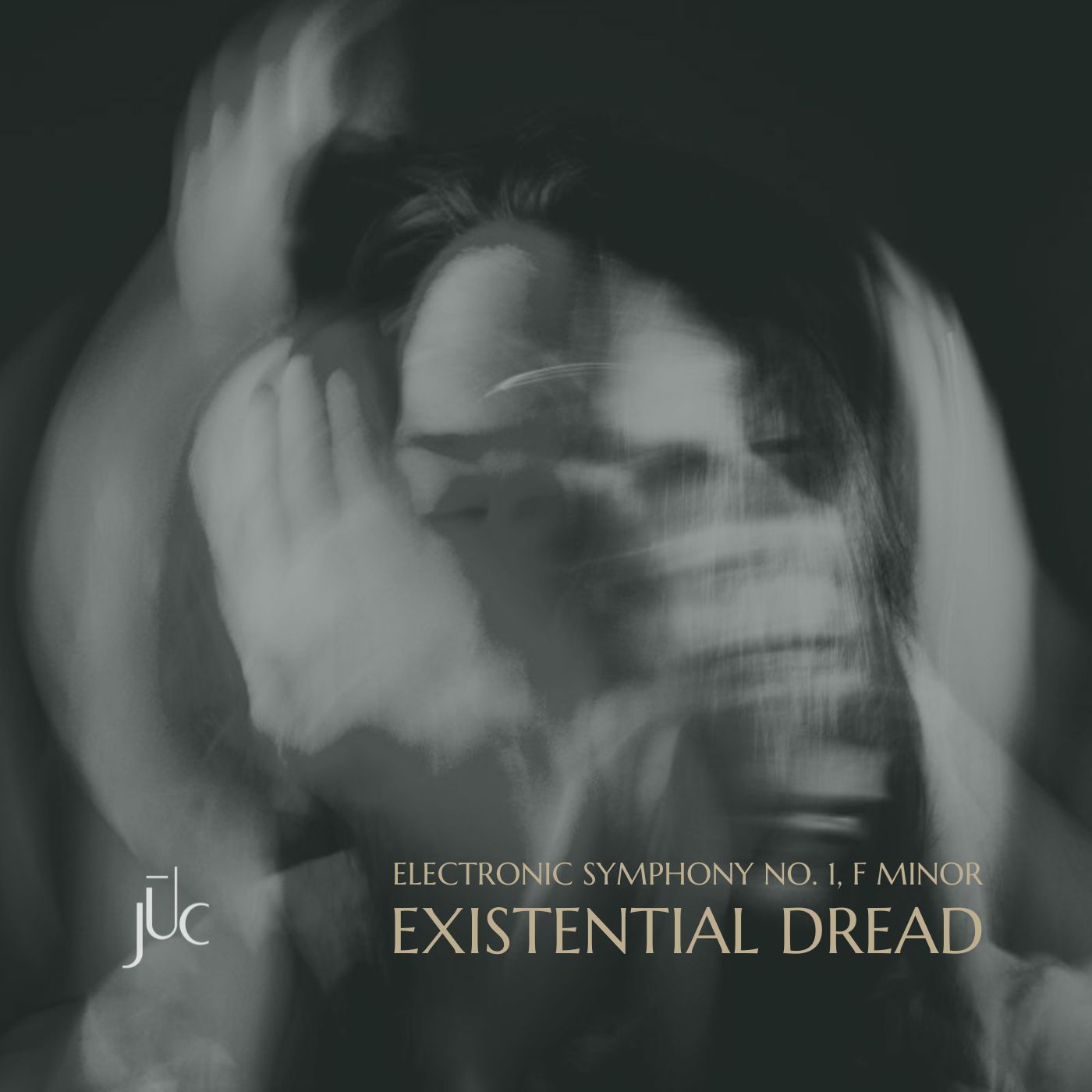Album concept
I release an electronic symphony thematically dealing with existential dread. It’s in F minor and a concept album in four movements that puts electronic music into the framework of a classical symphony.
I don’t keep my music short to fit the radio – luckily there’s room for long formats in techno clubs and concert halls. A techno track (or the movement of a symphony) rarely lasts less than five minutes. I compose from the aspect of tension arcs, which I build up slowly, only to resolve them in a catharsis and allow my listeners to experience emotional release in the form of euphoria, sadness or rage.
Videos
Musical concept: symphony
Symphonies are the concept albums of classical music. Especially in the classical era (18th century), symphonic works were characterized by a clear framework. Each movement had its own specifications to which the composer had to adhere. I took this framework as a model for the composition of the Electronic Symphony.
Disarray is a monumentally epic, nearly eleven-minute piece in F minor that evolves from slow (70 BPM), polyrhythmic fragility to sweeping, lively flow (160 BPM). The symphony’s first movement is in sonata-form. It introduces the main and secondary themes in F minor and develops on them over the course of the piece.
In addition to the multi-layered soundscapes, I use my voice as a looped element, singing with both classical and modern techniques. The intro and outro make harmonic use of Metal: the tonic (F minor) alternates with the G flat major, which is only a semitone higher, a popular stylistic element that is perceived as ominous by the European ear. Many sound and stylistic elements of this piece can be rediscovered in the following movements.
Threat first adheres to the classical rules of composition for a second movement: slow song in parallel key or close relative. It keys in A-flat minor at a moderately slow tempo (90 BPM). The song structure, consisting of verse, bridge and chorus, is well known to us from modern pop music.
In the first part, my voice is heard directly and clearly in front of a minimalist instrumentation. The lyrics are in the foreground while the track thickens towards the first drop with more and more vocal and sound layers.
The second part is, apart from looped vocal elements, purely instrumental and now corresponds to electronic track structures. Again, melodic-meditative sound layers create an intense build-up that gently discharges towards the end of the track.
Dread goes into the active: analogous to symphonic composition, it is a scherzo, that is, a fast piece with an energetic 125 BPM in the main key of F minor. As a purely instrumental piece, it is the most electronic of the four movements and at the same time breaks least with the compositional precepts of symphonies. Throughout the track, elements and themes are picked up from the first two movements, especially the first.
Dawn once again reworks the major musical elements of the first movement in the main key and forms the symphony’s conclusion. The fourth movement builds from quiet, recumbent chords to a final, vocal catharsis with multiple background choruses and a densely woven tapestry of sound accompanying my pleading lead vocals.
Theme: Existential dread
In each of the symphonies, I devote myself to a particular emotional state or philosophical concept. This is much less intellectual than the previous sentence might suggest: The resulting music provides my listeners with access to the emotions associated with it, which they can thus experience, explore and process in a protected, time-limited space.
The first symphony is about Existential Dread. This can be triggered by concrete events such as war, physical and emotional violence, but also by passive influences that creep in and go unnoticed by us until it is too late. Those who experience existential fear are exposed to extremely strong emotions, but at the same time they show how attached the person is to life and fears its end.
Coming to terms with the darker aspects of life, especially when one has experienced trauma, is a great challenge – one that can be expressed and made more bearable through music. Isolation, for example. The mental health impact of the pandemic will likely never be fully captured in numbers or words. The number of adults in treatment for depression has increased sharply since 2020, as well as for anxiety disorders.
Song by Song: The Course of Existential Dread
This album is about a downward spiral that can grip people in a variety of situations and ultimately leads to our deepest fears – and the certainty that we can never completely escape them. Over the course of the tracks, listeners experience the progression of an anxiety attack, or how their home slips from supposed stability into chaos and destruction.
At the beginning, it is often a creeping feeling of disorientation, perhaps also a loss of control due to the sheer chaos that is the basis of all life despite the illusion of structure, order, laws and rules. This feeling can become a background noise that accompanies our everyday life. Therefore, the line “everywhere I look, I see disarray” is the core statement of the first movement. Over time, this statement disappears into the background as a looped element – the diffuse malaise becomes part of our everyday sensation without us noticing it.
This feeling is joined by concrete external threats from which it is necessary to hide and flee. Here, too, both concrete and passive events are meant, for example, the fear of illness, social instability, ostracism, or even the threatening raising of the hand of a close caregiver.
In Threat, these manifest as a fearsome warrior who knows we are cowering in the shadows trying to escape her. In the end, the instinct to flee kicks in and we run, figuratively or really, for our lives. However, I also invite you to interpret this song as an anti-war anthem, dedicating it to the world’s displaced people who have had to leave their entire lives behind due to the greed and power games of wealthy nations.
Now that we are already on the run (whether merely inwardly running away from our demons or quite literally), naked panic engulfs us. With the third movement of the electronic symphony we go where words are obsolete and the body takes over. Dread is fast, instrumental and punchy, the energetic climax of the symphony. Our fear is now almost unbearable and discharges through fighting, screaming and adrenaline.
At the end of every anxiety attack, there is often only one thing left: total exhaustion. It is usually paired with the bitter realization that it can start again at any time and that the only way back into the light is to keep going. The despair of not being able to escape your own mind or the situation and still having to keep going is the theme of the final movement, Dawn. The song line “I am scared the rising sun will pass me by” ends the symphony and sums up the duality of existential fear and irrepressible will to live.

